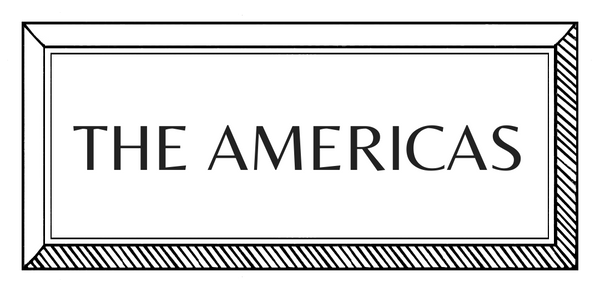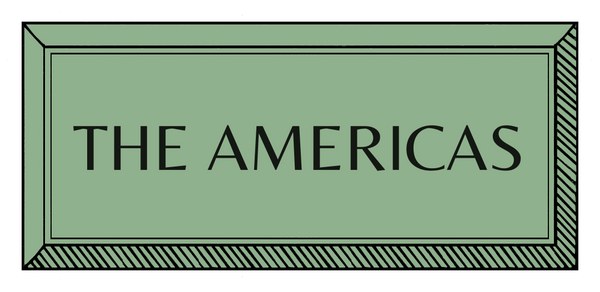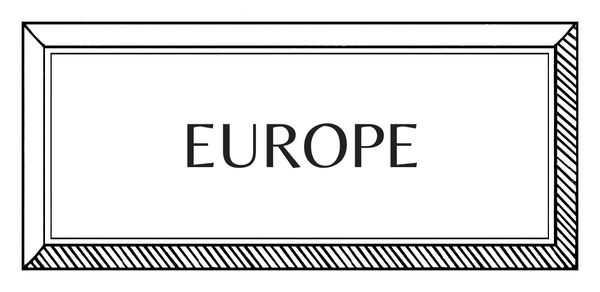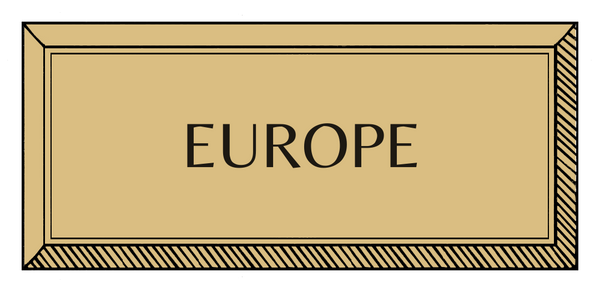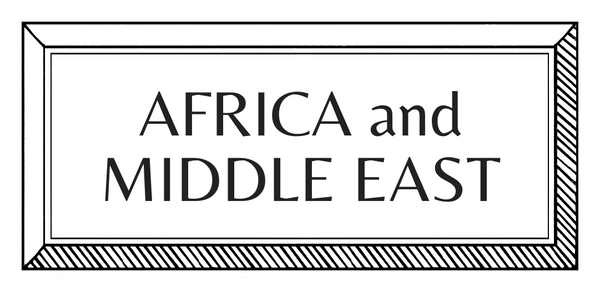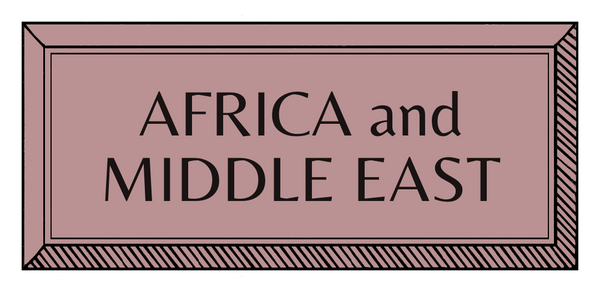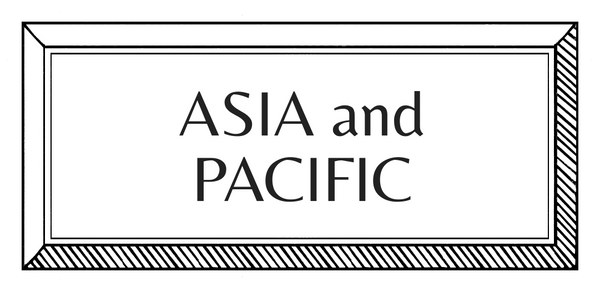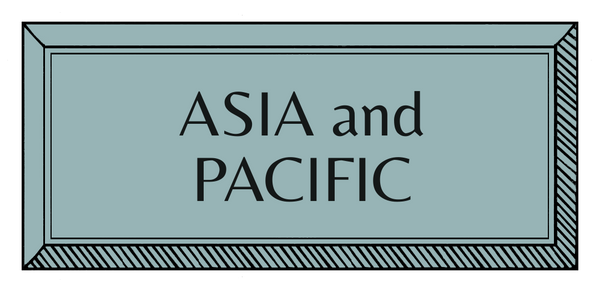CRAFT STORIES | EUROPE | SPAIN | TEXTILES
The Capes of Madrid

Cabana visits the oldest cape makers in Spain to learn about the technique behind creating these classic garments, their recent history, and the philosophy of doing things slowly. Margo Fortuny spoke to Marcos Seseña in Madrid before slipping into several velvet capes. The Seseña family has been producing these beautiful handmade pieces since 1901. Favored by Pablo Picasso, Luis Buñuel, and Ernest Hemingway, their capes still turn heads.
For decades, capes were mostly worn by men. In Spain, the classic cape started to be worn by women in the 1950s. During those decades, Balenciaga made a lot of capes, and in the early 20th century Fortuny made beautiful capes. In the 1960s and 1970s there were many examples of capes designed for women: the Yé-Yé/ Mod (girls) wearing short capes and short skirts. And Twiggy in London.
The customer base at Seseña, Spain's oldest cape makers, is evenly split between men and women, all eager to purchase one of these classic garments. Here, the team use a special table to cut the material. They lay the fabric down and draw a pattern according to a particular drawing formula. It involves semi-circles, scissors and precision. There are special formulas for the collar and shoulders too.
Constructing a classic cape is a slow, delicate process. At Seseña, they have everything, they know everything, passed on through word of mouth. Everything is written down in a notebook, but this knowledge is also intangible, traditional, shared across generations. And each person who learned it added his own touch.
Once there is a cape, small circles for the esclavina (the small cape over the shoulders) must be drawn. Then, creating the collar and cutting the inner lining, which is made of cotton velvet. Everything is cut individually with big scissors – a painstaking process that usually takes around two and a half hours. Then, the artisans take numbered pieces of fabric upstairs to the sewing office. They sew almost the entire cape by hand, which takes three people a total of eight hours. It’s an utterly devoted, bespoke process. Each cape is unique.
According to Marcos Seseña, globalization has affected personal style. For eccentric people, suddenly they see that anyone in the world can wear everything. Globalization is not good for people who want to make a difference with the garments they are wearing; it’s harder to stand out, he argues.
Instead, the Seseña family's approach is to make things slowly, and very well, without rush or pressure. It's a philosophy of life for them. It's sustainable for the mind, for the way of understanding the world in general. They are saying: just stop and think about what you are buying, what you are saying, what you are wanting.

If you are interested in buying a hand-crafted cape, you can contact Marcos at +34 915 31 68 40, or visit Capas Seseña, at 23 Calle de la Cruz, in Madrid, Spain.
Words by Margo Fortuny
Images courtesy of Marcos Seseña & the Seseña family











